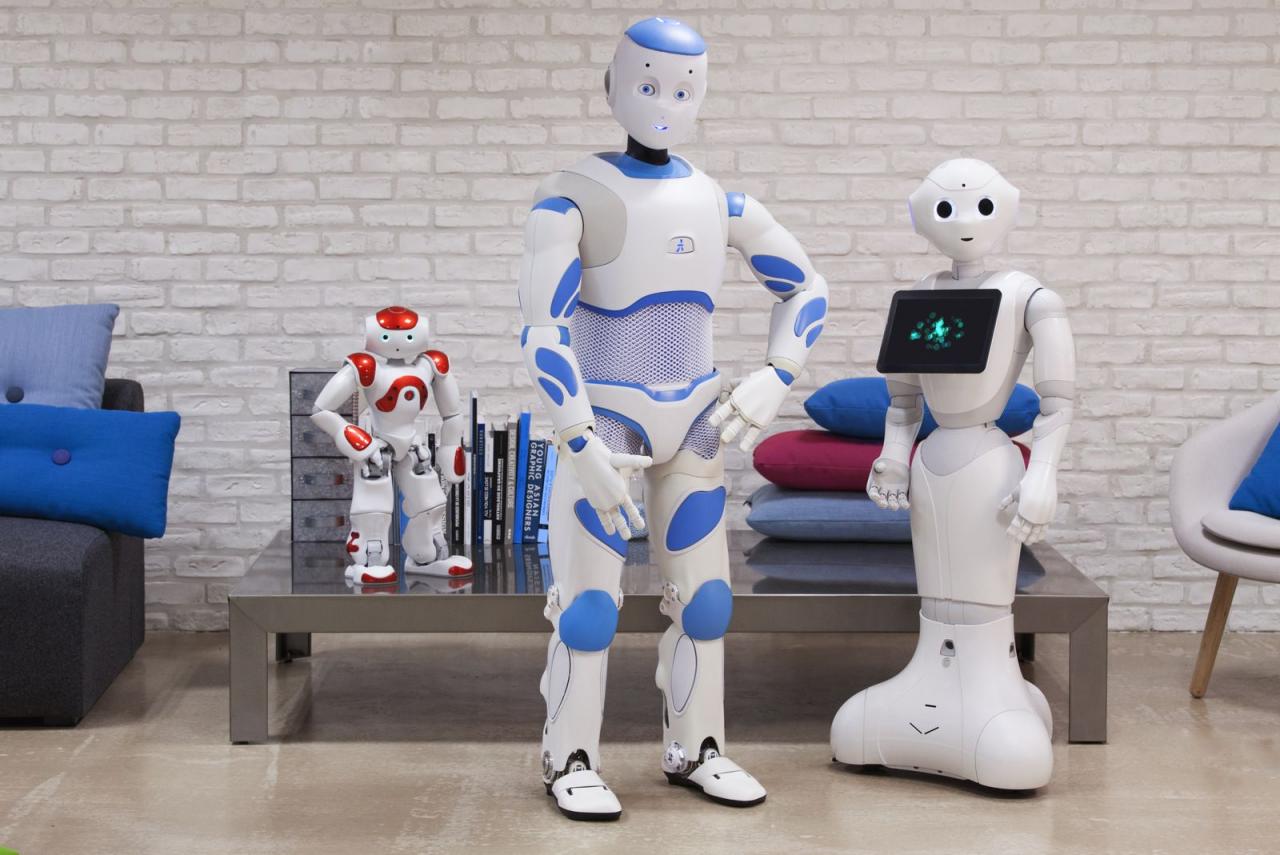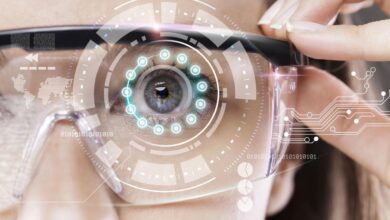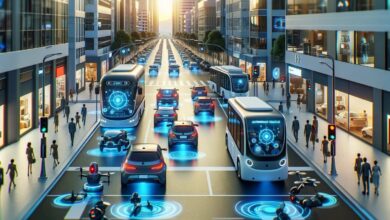Robots in Everyday Life
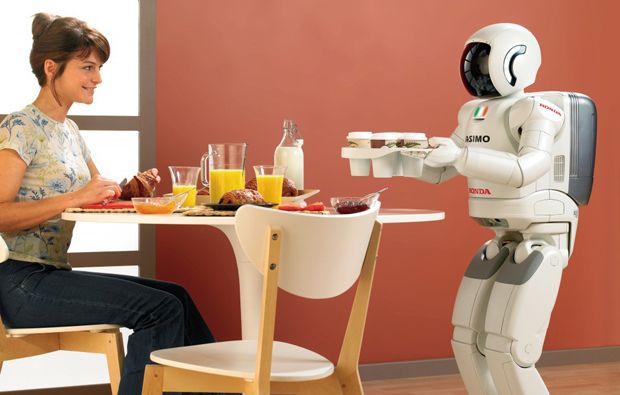
The Rise of Everyday Robotics
Once confined to the realm of science fiction and industrial assembly lines, robots are now making a quiet but profound entry into our daily lives. From vacuum cleaners that autonomously tidy our floors to automated kiosks that take our orders, these machines are no longer a futuristic novelty; they are a tangible part of our present. This is a technological revolution that is rapidly reshaping how we work, play, and live. The proliferation of robotics in our homes, workplaces, and public spaces signals a fundamental shift in our relationship with technology, moving from a passive user to an active collaborator.
This transformation is not without its complexities. As robots become more integrated into our daily routines, they bring with them a host of benefits, from increased efficiency and convenience to enhanced safety. At the same time, they raise critical questions about employment, ethics, and the very definition of what it means to be human. The journey of robotics from the factory floor to the living room is a testament to human ingenuity and a clear indicator that the future is being built one automated task at a time.
The Three Tiers of Robotic Integration
The presence of robots in everyday life can be broadly categorized into three distinct tiers, each with its own set of applications and implications.
A. Household and Personal Robotics
This is the most visible and widespread tier of robotic integration. These robots are designed to assist with routine, often tedious, household chores, freeing up human time for more meaningful activities.
- Autonomous Cleaning: The most common example is the robotic vacuum cleaner, which navigates a room, avoids obstacles, and returns to its charging base on its own. Its success has paved the way for other automated cleaning devices, such as floor moppers and even window washers.
- Smart Assistants and Companions: Devices like smart speakers, while not robots in the traditional sense, embody a key aspect of robotics—the ability to interact and respond to human commands. More advanced robotic assistants, still in their early stages, are being developed to help with tasks like fetching items or providing companionship to the elderly.
- Lawn Care and Gardening: Robotic lawnmowers are already a staple in many suburban homes, trimming the grass and navigating the yard without supervision. Future developments include robotic gardeners that can plant seeds, water crops, and monitor soil health.
B. Commercial and Service Robotics
These robots are designed to automate and enhance tasks in public-facing commercial environments, from retail to hospitality.
- Retail and Logistics: In warehouses, robots are already a core component of the supply chain, sorting packages and moving products with incredible speed and accuracy. In retail stores, we are beginning to see robots that can restock shelves, take inventory, and even guide customers to products.
- Hospitality and Food Service: The use of robots in this sector is growing rapidly. Robot waiters can deliver food to tables, and automated arms can prepare drinks or flip burgers in a kitchen. While this may seem impersonal, it can also lead to faster service and reduced human error in repetitive tasks.
- Healthcare and Public Safety: Robots are being deployed in hospitals for tasks like disinfecting rooms with UV light or delivering medical supplies. In public spaces, security robots can patrol areas, monitoring for unusual activity and sending alerts to human personnel.
C. Industrial and Specialized Robotics
This tier, while not directly “everyday” for most people, is the foundation of the modern economy and has a direct impact on the cost and availability of consumer goods.
- Manufacturing and Assembly: This is where robotics has its longest history. Automated arms and assembly line robots have drastically increased the speed, precision, and efficiency of manufacturing, from cars to electronics.
- Advanced Automation: Robots are now being used for highly specialized tasks, such as performing microscopic surgeries, exploring deep-sea environments, or maintaining satellites in space. These are jobs that are either too dangerous or too complex for human beings to perform.
- Robotics in Construction: Automated bricklaying robots and drones for site surveying are beginning to revolutionize the construction industry, promising to increase safety and accelerate the building process.
The Broader Impact: Challenges and Opportunities
The widespread adoption of robotics presents both immense opportunities and significant challenges for society.
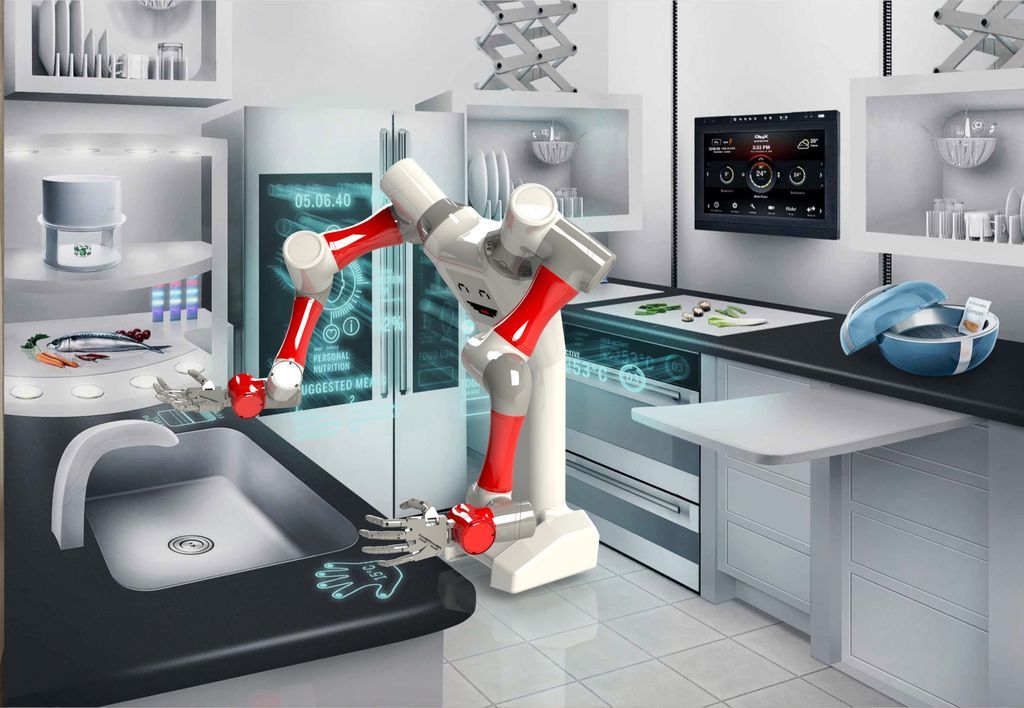
- Economic and Social Impact: The most debated topic is the impact on employment. While robots can automate repetitive jobs, they also create new opportunities in fields like robotics engineering, maintenance, and programming. The challenge lies in ensuring a smooth transition for the workforce and investing in education and retraining programs.
- Ethical and Safety Considerations: As robots become more intelligent and autonomous, we must grapple with ethical questions. Who is responsible if a self-driving car gets into an accident? How do we prevent robots from being used for malicious purposes? Ensuring the safety and ethical use of these machines is a paramount concern.
- The Human-Machine Relationship: As robots become more commonplace, our relationship with them will change. We may see a future where robots are not just tools but collaborators or even companions. This raises a fascinating question about the psychological impact of these interactions and how we will maintain our humanity in a world of increasingly smart machines.
The Future is Now: The Path Forward
The era of everyday robotics is not a distant future; it’s a rapidly unfolding reality. The innovations we see today are just the beginning. As technology continues to advance, we can expect robots to become more sophisticated, intuitive, and seamlessly integrated into the fabric of our lives. The key to a successful future lies in a collaborative approach—one that combines technological progress with ethical foresight and a commitment to using these powerful tools to create a more efficient, safe, and prosperous world for everyone.
